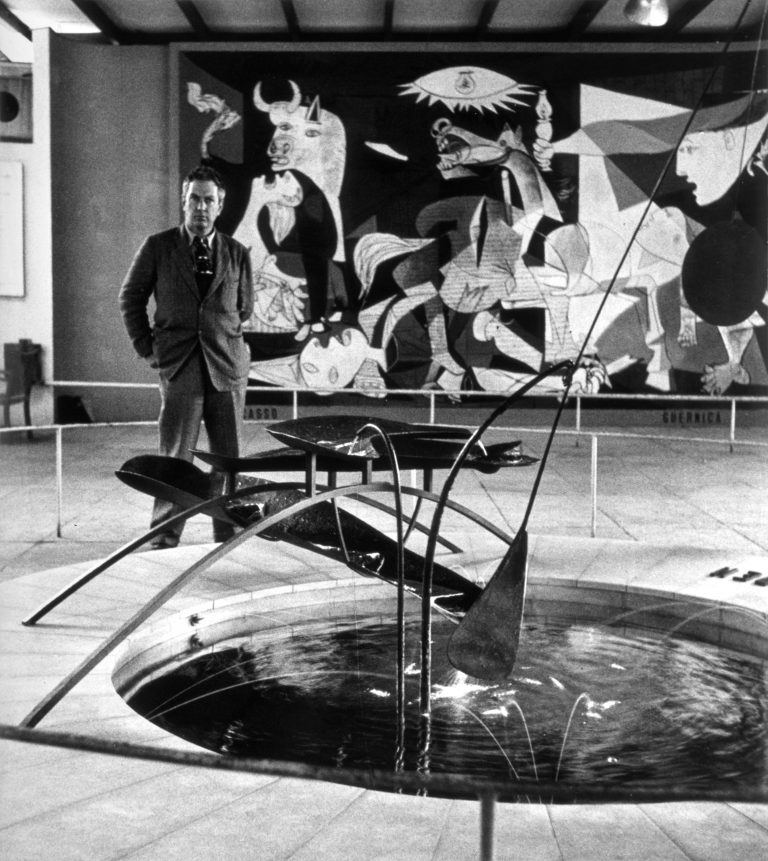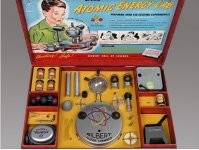ClassicHasClass
Veteran Member
If you can't display live-ish slow-scan digitized video on the VIC-II because it interferes, then ... put the VDC into low resolution 320x200 and use that. And then make the capture process nearly 25% faster.

 oldvcr.blogspot.com
oldvcr.blogspot.com

Making a potato livecam with the Commodore 128 VDC and ComputerEyes
If we're going to make the little old 8-bit MOS 6502 into Skynet — because we already know what the Terminator T-800 CPU is — then it's g...


